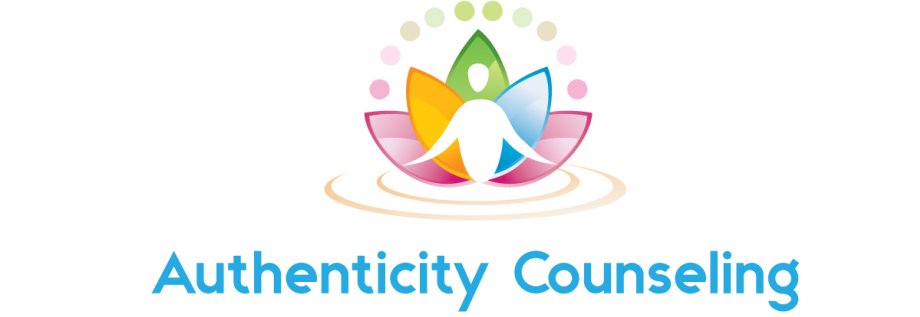
Sandtray Therapy
What is Sandtray Therapy?
Sandtray is a form of expressive therapy in which you are given the space to create your world in the sand using miniatures that represent people, places, events, feelings or goals. The scene created acts as a reflection of your own life and allows you the opportunity to process and heal areas in ways that may have not been possible before. It is a powerful therapeutic technique that facilitates the mind’s natural capacity for healing.
Who can use Sandtray Therapy?
Anyone! Men, women, teens, children, couples…
- Children often use the smooth texture of the sand as a way to help regulate their minds and bodies. Their play tends to be more concrete (a cat is used to represent a cat, an owl is used to represent an owl, etc).
- Teens and adults are more able to use symbolism in their sandtray work. A cat might represent a co-worker who is constantly grooming themselves. An owl might represent a wise grandparent. A fence might represent boundaries that a person puts up in order to protect their heart after a bad break-up.
- Just as every person is unique, each sandtray created is also unique to that persons’ thoughts, feelings, and past experiences.
What Should I Expect in a Sandtray Session?
Sandtray sessions start just like any other session. We will start by discussing the concerns that brought you to therapy or concerns that you are having in that particular moment. After 10-15 minutes, I’ll ask if you’d like to try the sandtray. If you are not feeling it, then we can continue with talk therapy. If you are wanting to give it a try, then we will move to the tray. I will ask you a question such as, ‘Can you build your world in the tray?’ or ‘Can you show me what your struggles look like using the tray?’. For the next 10-15 minutes, you will choose miniatures that represent people, places, feelings, experiences, etc. and place them in the tray. When you appear to be done, I will ask you if there is anything else you would like to add, take away, or change in the tray. This will be followed by a 5-10 minute conversation about your tray. That’s it! Pretty simple but very powerful.
How Long is a Session Using Sandtray?
Sandtray sessions are the same length as a regular session, around 50 minutes.
Is There an Additional Cost?
Nope! Talk therapy, sandtray therapy, and walk & talk session are all the same cost.
Do you want to give sandtray therapy a try? Call now for your free, 15-minute consultation or to book an appointment, 608-628-7147 or keep reading to find out more about the science behind sandtray therapy.
Neurobiology of Why Sandtray Works
Sandtray therapy helps adults reconnect the creative parts of the brain to that part that creates reason and logic for our actions. The magic happens when you are able to see their world through a new, clearer lens because you have created a picture of your world using your whole brain.
As you use your hands to create a world in the sand, you are forced to use both sides of your brain (left and right). Using both sides means twice as powerful results.
As adults, we tend to bury past uncomfortable emotions and experiences. The right brain is where our old stuff lies- like childhood trauma, emotions, and instinct that runs so much of what we do, often without realizing it. However, when we use just cognitive-based theories, like CBT, we are only speaking to that logical, left part of the brain. Most clients “know” they shouldn’t be doing X, but they still do it and aren’t sure how to stop. The ability to finally see and create solutions in the tray and be truly heard by another individual is the beauty of sandtray therapy.
More on Left brain/right brain
· Left brain: analytical, reason, control, realistic, language
· Right Brain: passion, creative, feelings, imagination, nonverbal, expresses self through images and arts.
· Trauma is often only housed on the right side of the brain, where there is no language center. With trauma a person is often not able to access both sides of the brain at the same time.
· Sandtray accesses the right brain and often the person is able to bring up things that they were not able to before.
· When it’s processed with a safe person, the individual is able to activate both the right and left side of the brain and healing happens faster.
· It is critical for the left and right brain and the body to integrate for holistic healing.
· Sandtray integrates the body (hands making the tray), the right brain (creativity, expression of self) and the left brain (processing it with therapist).
Implicit Memories and sandtray
· Memories that are stored below the level of consciousness.
· When these memories are activated, the person believes that the trauma is occurring in the present moment and the brain sends a message to the amygdala, which is the fear sensor of the brain.
· When these memories are triggered in an unsafe (or perceived unsafe) environment the body or brain will do whatever it needs to feel safe, usually a form of dissociation or detachment. This is the body and brain’s way of protection when the trauma is too much to handle. These unhealthy defense mechanisms of the brain often cause PTSD, panic attacks, anxiety, depression and other obtrusive behaviors.
· With Sand Tray, these memories can be brought to the level of consciousness in a safe environment with a safe person. Thus the brain will be more willing to allow them to be processed instead of dissociating and then the healing process can begin.
Have questions or would like to make an appointment?
Call us at 608 6287147 608 6287147 or use our contact form.
